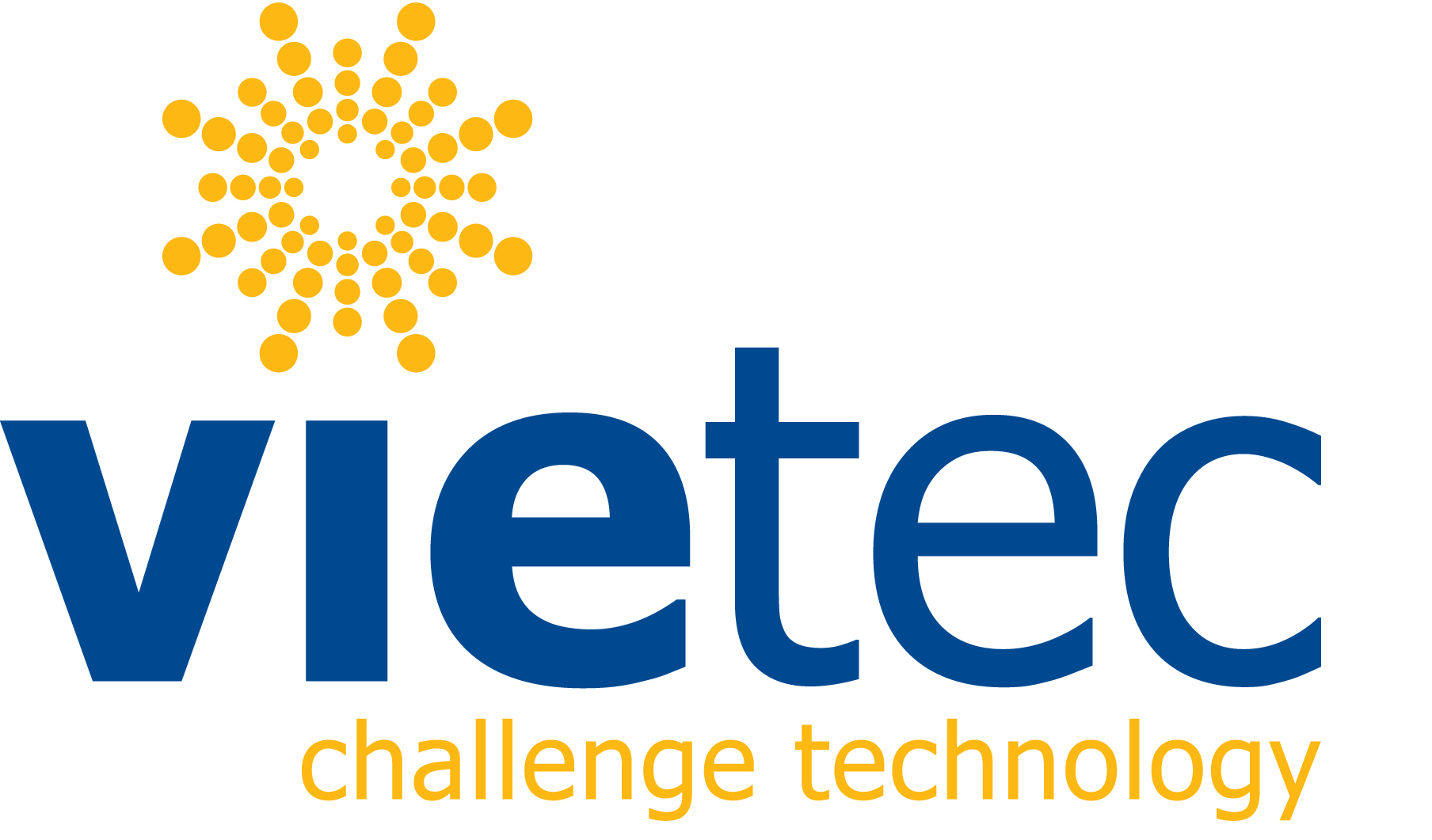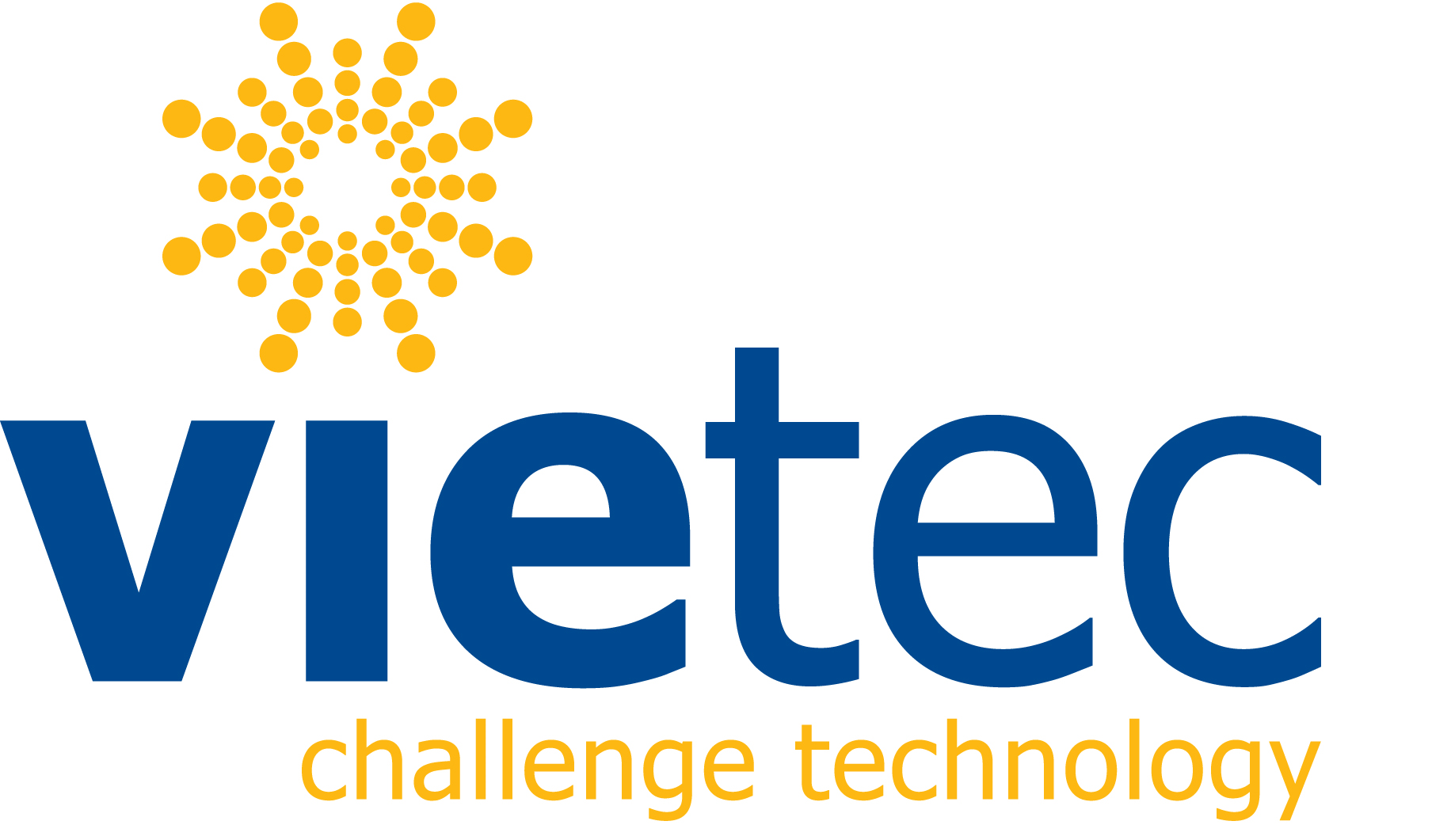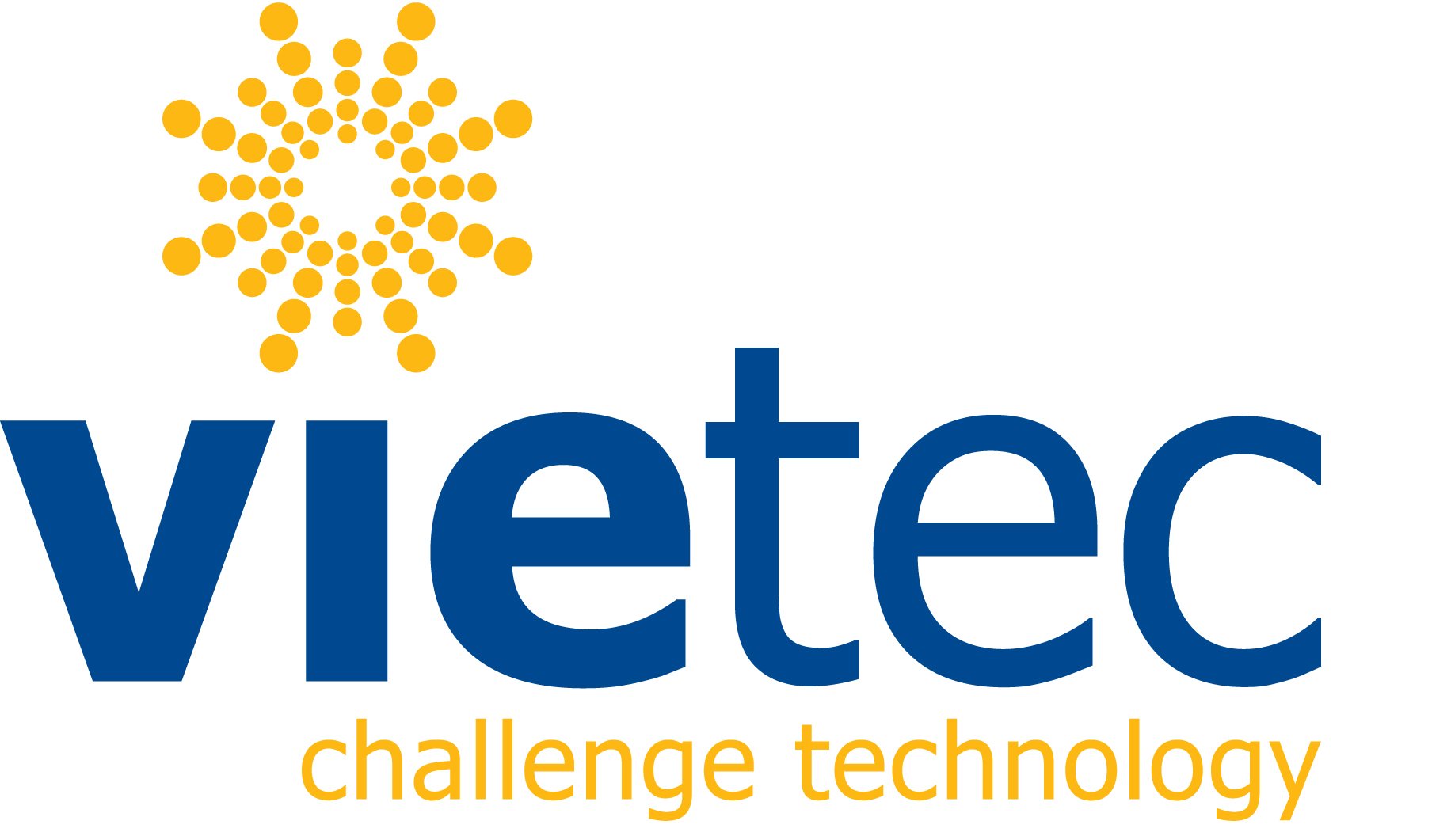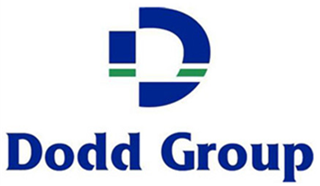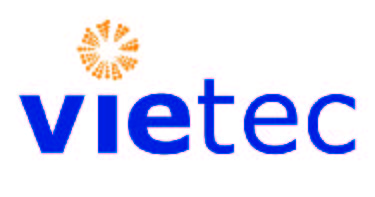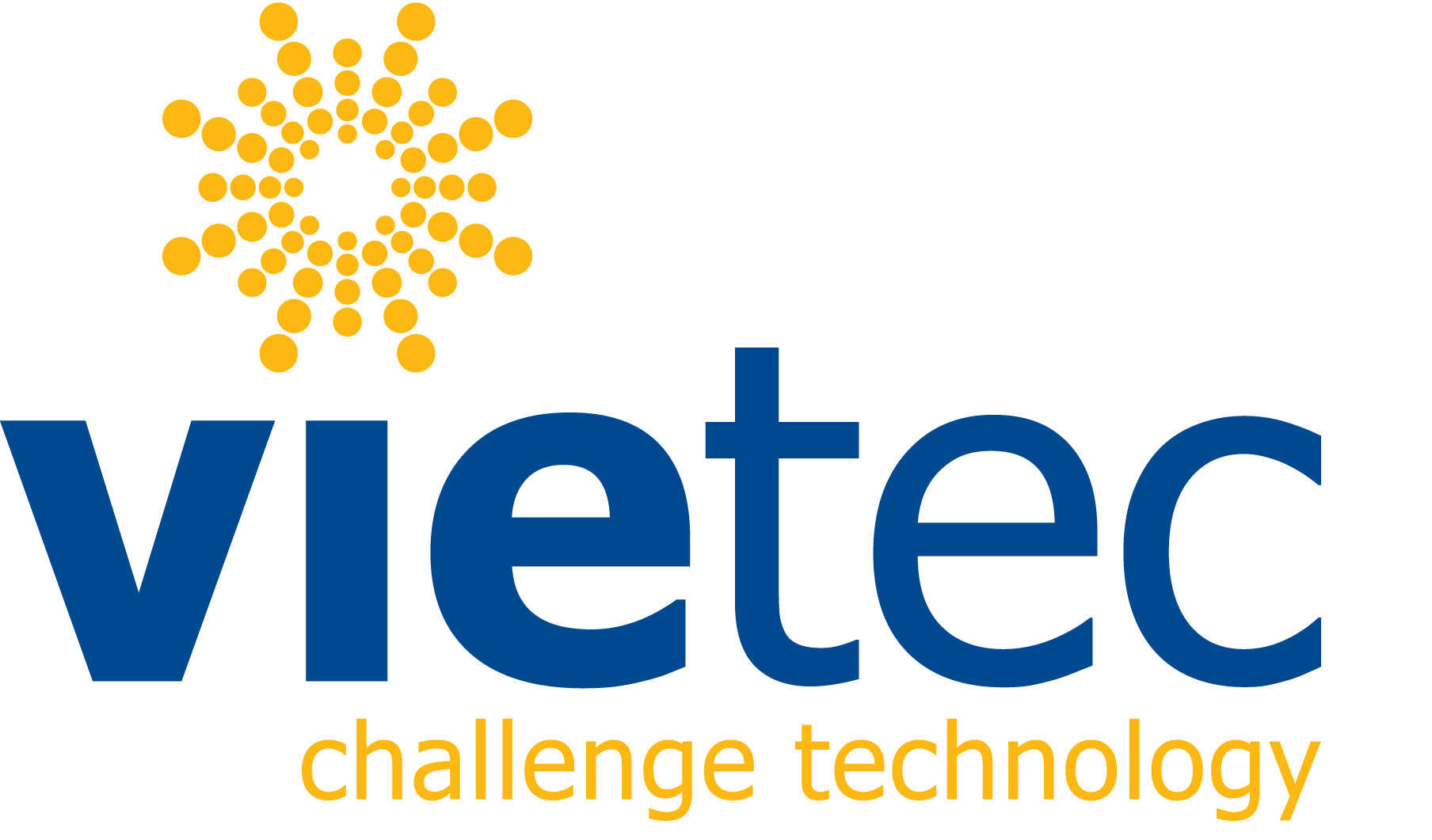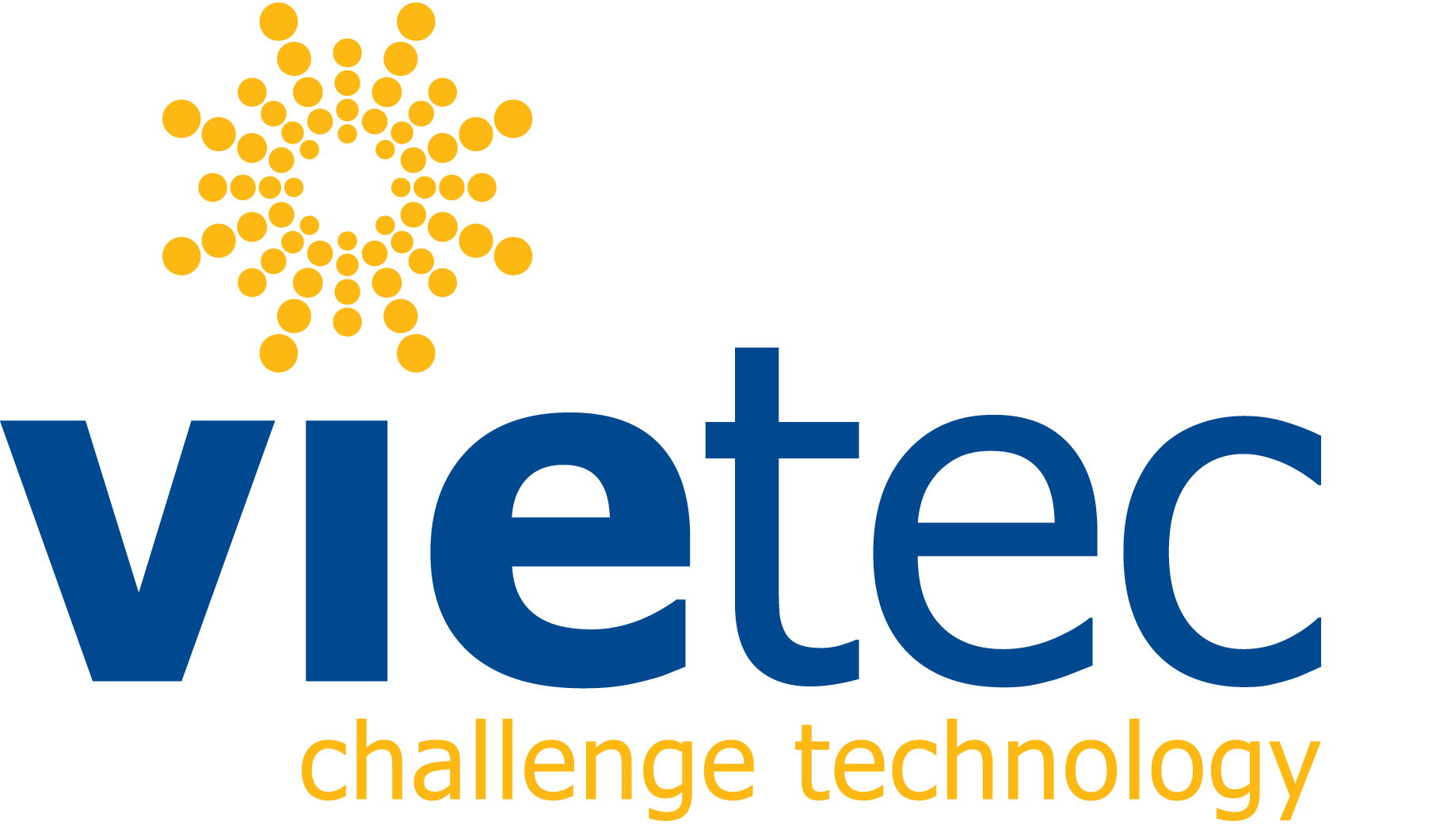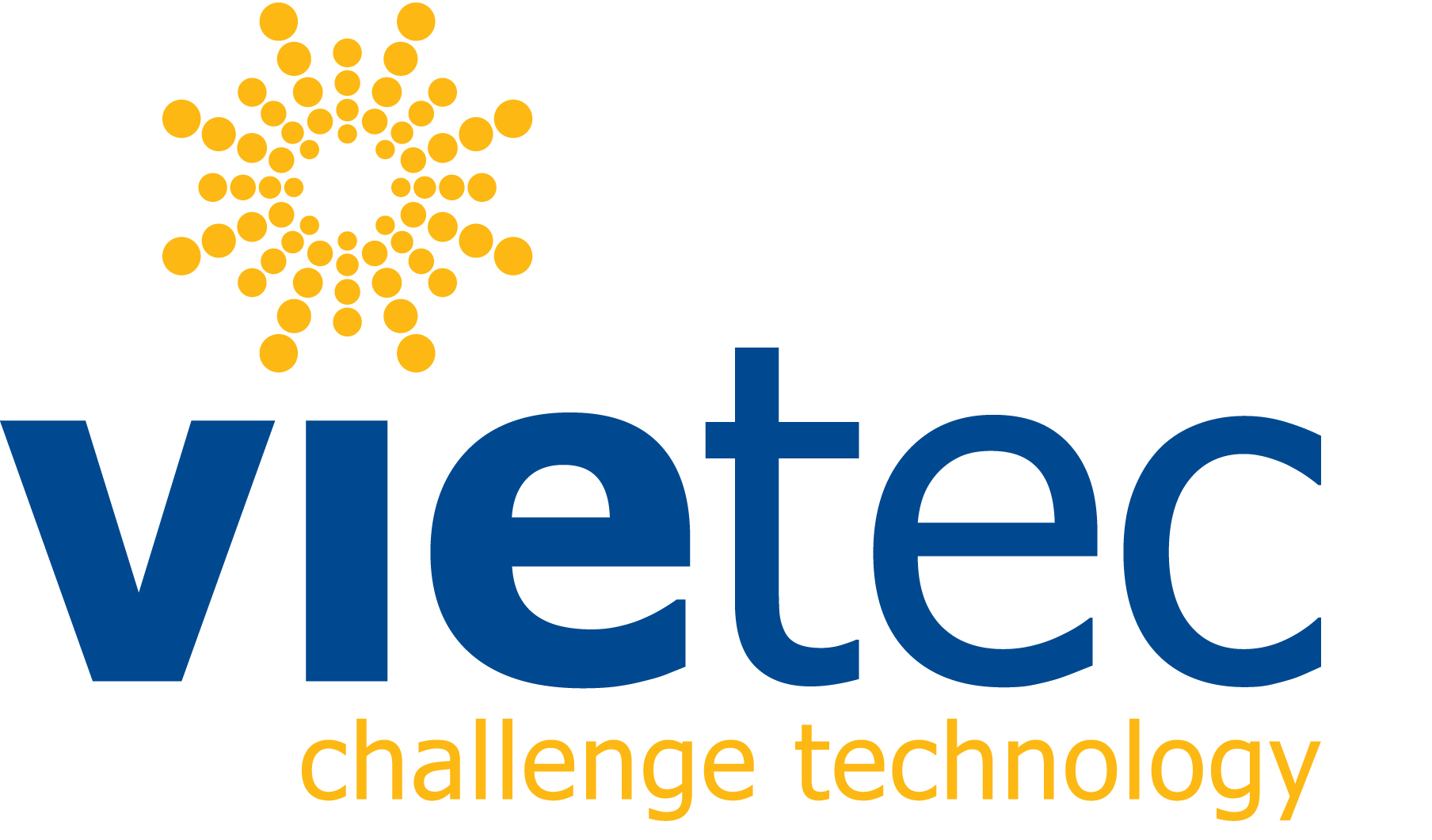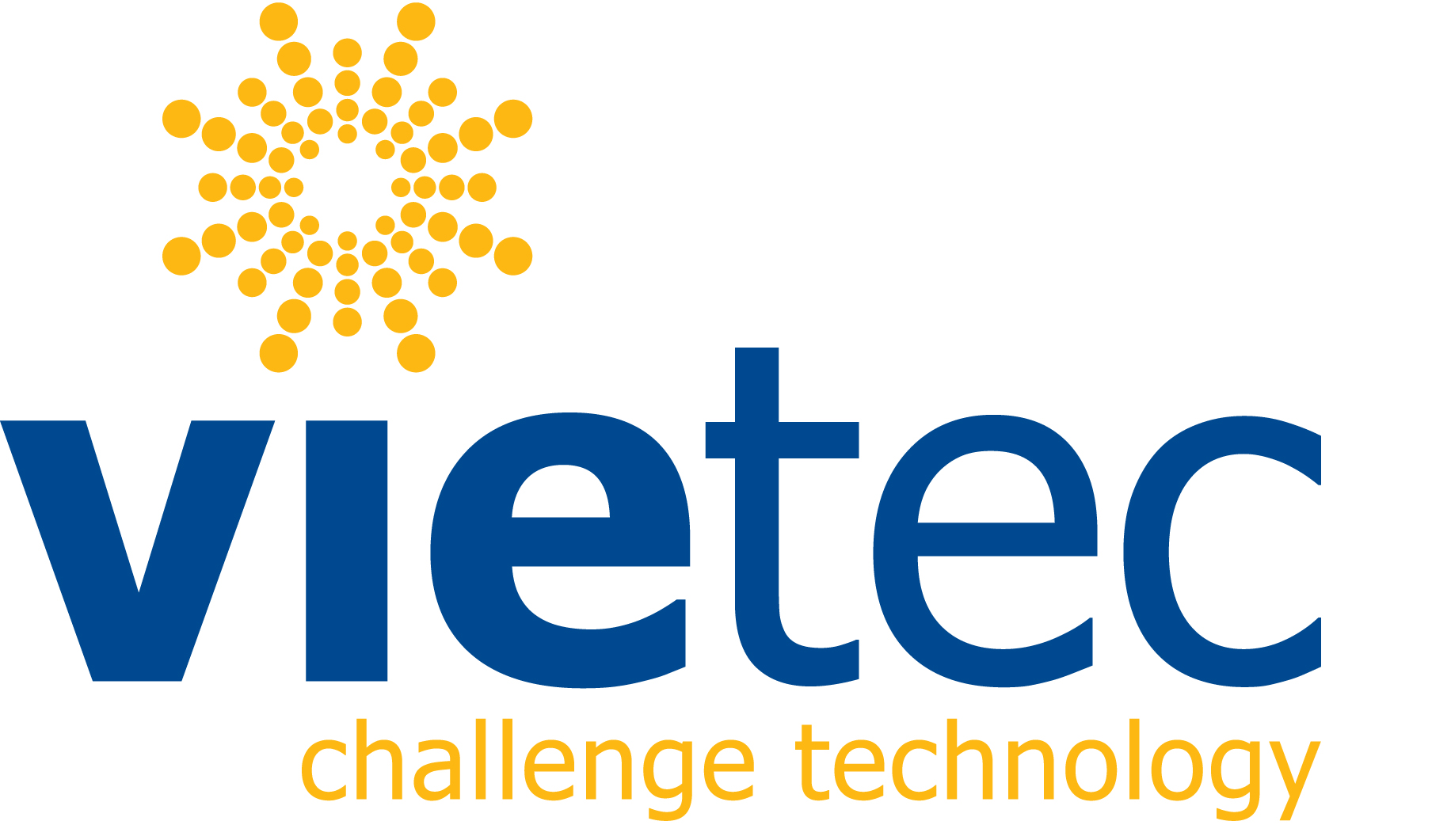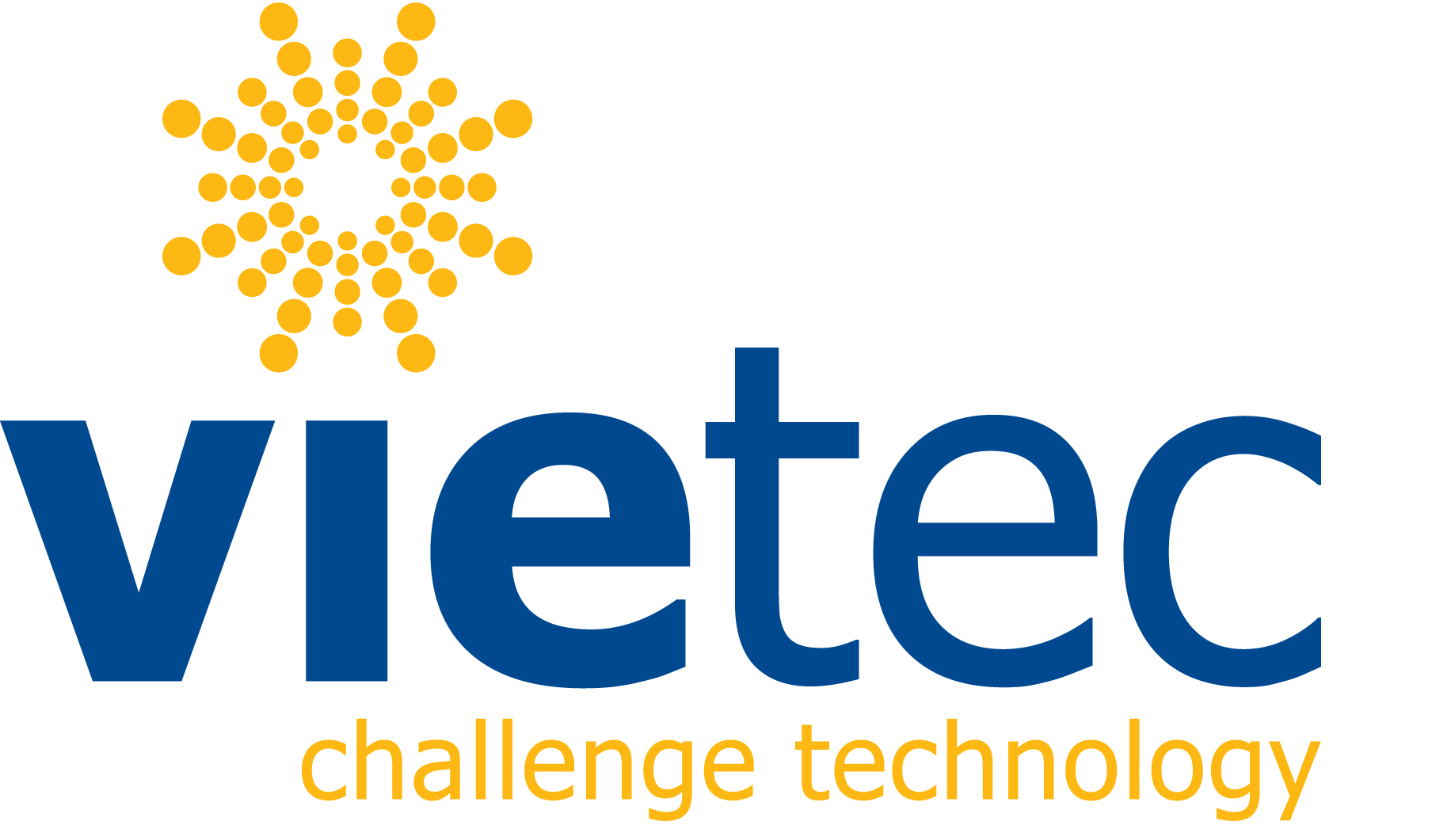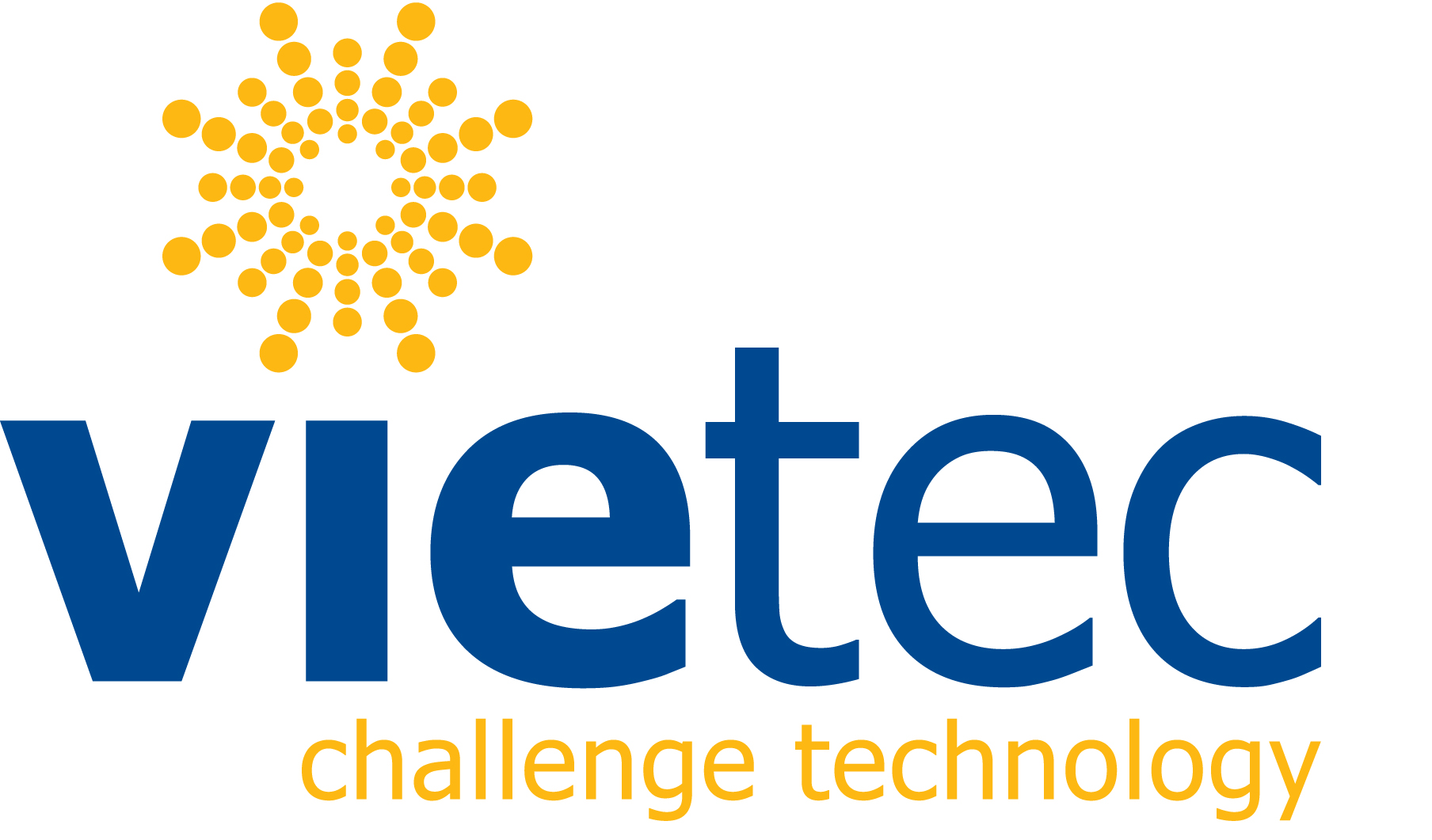Title Page
-
Site conducted
-
Toolbox Talk being delivered by
-
Job Number (Please Input)
-
Location
-
Conducted on
Safety Procedures for Working at Height. Before undertaking any work at height, a risk assessment must be completed. To justify the use of steps, the risk assessment must identify that other forms of access equipment are not suitable due to environmental conditions such as floor to ceiling height, space constraints or restrictions.
-
Working on Step Ladders.
Before the use of steps can commence you should complete a visual check on the condition of the steps. If they are deemed to be faulty you must stop the works and seek advice.
Steps must be fully open and on firm ground. You must not work on the top 3 rungs of the steps and have 3 points of contact.
Steps with hand rails and a platform maybe the preferred option where the uses of hand tools are required.
Before use the engineer must wear the relevant PPE as instructed in the site RAMS.
Vietec expect that all staff and contractors keep their steps in good condition. -
Do you accept the above statement?
-
Contact your Line Manager immediately
-
Working on Ladders
Only light work of a short duration with a low risk of falling, should be carried out from a ladder.
Ladders should be set on a firm base and lean at the correct angle (one unit out to four units up, or 75 degrees is recommended).
Ladders should be secured near the top and extend at least 1m above the landing point, unless a separate handhold is provided. If the ladder can’t be secured at the top, it may be possible to secure it lower down.
Ensure footwear is free from excessive mud or grease before you climb the ladder. When climbing up or down, use both hands on the stiles. Always face the ladder.
Do not over-reach from a ladder or step ladder. Move it if you cannot reach. Tools and materials must not be carried up ladders. A tool belt should be used. Where a handhold cannot be maintained for anything other than a brief moment, other fall prevention measures are required.
Do not stand or work on the top three steps of a step ladder (including a step forming the very top of the step ladder) unless there is a suitable handhold.
Ladders are a last resort to works if the use of ladders are required then this must be reported to Vietec via an Email to the line manager and Rebecca, a suitable risk assessment must be completed and confirmed by all parties. -
Do you accept the above statement?
-
Contact your Line Manager immediately
-
Working on Podium Tower Scaffolding
Check all components are available and operational.
Inspect the unit components for signs of damage or incorrect functioning prior to use.
Damaged or incorrect components (or components showing signs of excessive wear) must not be used and returned to your local supplier. Castors and adjustable legs should be periodically lubricated to keep them free running.
The unit is designed for internal use only and on flat level surfaces. Check that the ground is capable of supporting the weight of the podium step and equipment.
The safe working load of the Podium Step is 115kg (one man).
Castors must be locked when the unit is in use.
Ensure that the platform is free of persons and equipment, and that brake locks are off prior to movement. Beware of soft or uneven ground and overhead obstructions.
Mobile access units must only be moved by pushing at the base.
Always beware of live electrical apparatus, cables or moving parts of machinery.
To prevent injury ensure safe positioning of hands and fingers when assembling and dismantling.
Ensure that telescopic guardrail is free from contaminants and lubricated at regular intervals.
Never jump onto platforms. Ensure platform is debris free.
Check that Castor Locking Bolt (to frame tube) has not loosened through use of podium step. Tighten bolt, if necessary, by turning 19mm bolt clockwise.
Ensure guardrails and gates are locked and secure when platform is in use.
Podium step units are not designed to allow them to be lifted or suspended.
Never use this equipment if you are ill, feeling tired, or under the influence of alcohol or drugs.
Wear practical, protective clothing, gloves and footwear.
Avoid loose garments and jewellery that could catch in moving parts and tie back long hair.
Ensure the work area is well lit and ventilated, if in doubt, ask about lighting and ventilation equipment from your local supplier.
Make sure that anyone in the immediate work area is warned of what you are doing.
Do not use boxes, ladders or other such means to gain additional height at the platform.
Vietec insist that any one using Podiums should have the relevant certification (PASMA)
All works to be carried out in accordance to the RAMS. -
Do you accept the above statement?
-
Contact your Line Manager immediately
-
Working on and with MEWPs
Introduction
Types of MEWPs generally in use are: scissor lift; telescopic boom articulated boom
Operator Training and Certification
All MEWP operators should have attended a recognised operator-training course (IPAF). On successful completion they will receive a certificate, card or ‘licence’, which clearly identifies the bearer and lists the categories of MEWP they are trained to operate. This document can be updated as the operator undergoes further training. You should
check the expiry date of the training licence or card. Operators using material handling attachments should have received additional training in accordance with the attachment manufacturer’s recommendations.
Maintenance
The trained operator is responsible for carrying out a basic daily/pre-use inspection and function check and records of these checks should be kept. The operator should also be fully aware of the procedure you expect to be followed should they identify a fault with the MEWP, i.e. isolate the controls, tag the machine and report the defect to the person in control. You should request a copy of the maintenance records as evidence that the MEWP and any related materials handling attachments that are going to be used on your site have been properly maintained.
Familiarisation
Any trained operator should be given a period of familiarisation on the machine to be used delivered by a competent person.
This should include:
Safety warnings and devices, emergency lowering procedures, set up requirements including wheels and outriggers.
Machine specific, Controls, SWL or load charts, maximum speed and operating slopes and limiting wind speeds.
The maximum number of people that can be carried.
It is important that you allow enough time for your operator to check, inspect, perform function tests and familiarise themselves with every new MEWP.
All familiarisations should be recorded.
Control Measures
Due to the high-risk nature of working at height, adequate Supervision must be in place throughout the task to ensure that safe standards are maintained and that safe processes are followed.
Only fully trained and certified (IPAF) operatives will be allowed to operate mobile access equipment. Pre-use inspections must be carried out before any equipment is used.
All staff working within a MEWP basket must ensure that they are wearing the appropriate PPE before starting works – i.e. Harnesses and mandatory PPE as required in the appropriate risk assessment.
The MEWP must have all stabilisers, handrails, toe boards and electronic guards in place and fully functional before works will be allowed to commence. The correct working platform must be used for the appropriate works being carried out.
Access and egress to the basket will only be at ground level. The basket is not to be used for access and egress at height.
MEWP’s will only be operated by suitably trained (IPAF) and competent operatives. The certification held by the operative must match the MEWP being operated. MEWP’s will only be operated within the safe working parameters for the particular machine and as set out in the operation instruction manual.
Operators must ensure ground conditions are sound and firm prior to commencing works. If not, then operators and supervisors must consider other means of access or postponing the task.
Machines must be protected from potential vehicle access or collision within the site if weather conditions present a risk, i.e. rain causing very slippery surfaces or high winds, then cease task and await the correct conditions.
Do not operate MEWP’s in strong winds or weather conditions that present a risk of the MEWP falling over.
An exclusion zone must be set up around the MEWP prior to works commencing. Operatives must ensure that all tools taken up a MEWP are tethered so as not to fall if the operatives lose grip of the tools.
Where the MEWP is to be used in an area with vehicle and/or pedestrian movements, the MEWP must be set up within an exclusion zone/protected work area to stop vehicles striking it. The work area will have a full-time banksman to ensure vehicles and pedestrians are excluded from the work area.
Competent IPAF-trained and certified operatives will be the only staff allowed to operate MEWPs. These operatives will ensure that pre-use checks are completed before use. Operatives must ensure that any damage is reported immediately. If in doubt, operatives must not use the equipment.
All access to and from the work area is to be safe and protected. Access and egress to the basket will only be at ground level. The basket is not to be used for access and egress at height. Emergency access to the MEWP must be maintained and understood at all times, including the ability to rescue an operative who may be injured or unconscious. -
Do you accept the above statement?
-
Contact your Line Manager immediately
-
Safety Certifications
Vietec insist that you hold a current up to date copy of ECS, CSCS card and Working at Height, along with specific task cards if required for IPFA, PASMA.
Vietec take the safety of their staff and contractors very seriously and any misuse of equipment and procedures could result in you being removed from site and investigated with possible contract termination. -
Do you accept the above statement?
-
Contact your Line Manager immediately
Confirmation
-
By signing this, you confirm that the information discussed during this meeting were fully understood.
-
Full Name and Signature
